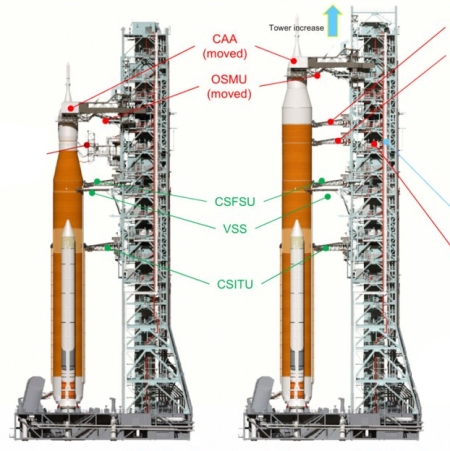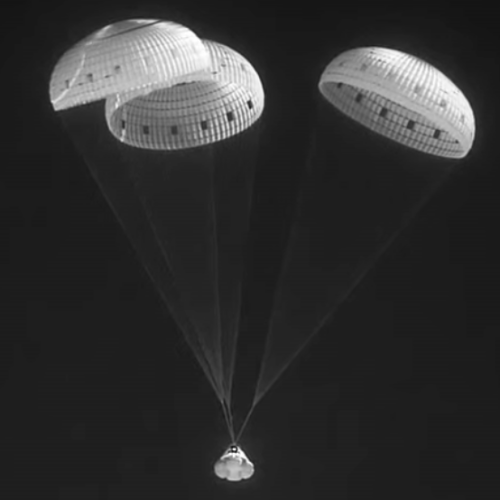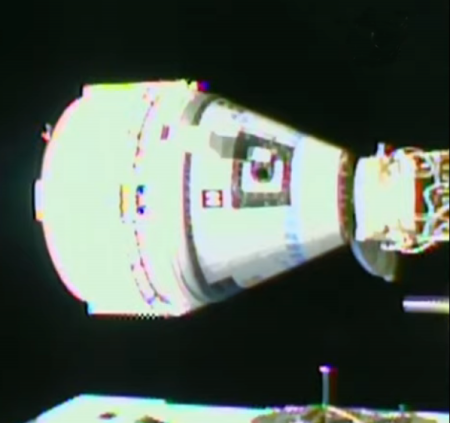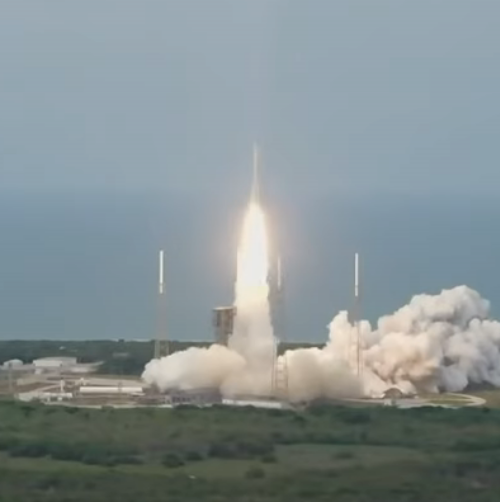Psyche software issue could prevent launch this year
In a remarkably brief announcement on the Psyche website, the engineering team suggested that the flight software issue that forced a seven week delay in its launch might now prevent a launch this year.
This is the entire announcement:
NASA’s Psyche mission team continues to assess ongoing issues with the spacecraft’s flight software. The team is evaluating its ability to meet a schedule to launch in 2022 – the current launch period is Sept. 20 to Oct. 11. If it is determined that launch in 2022 is not possible, a full range of actions for how to proceed will be considered.
This year’s launch window would have gotten the spacecraft to the asteroid Psyche in 2026. Since this flight path required a fly-by of Mars, it is very unclear when another launch window will be available.
In a remarkably brief announcement on the Psyche website, the engineering team suggested that the flight software issue that forced a seven week delay in its launch might now prevent a launch this year.
This is the entire announcement:
NASA’s Psyche mission team continues to assess ongoing issues with the spacecraft’s flight software. The team is evaluating its ability to meet a schedule to launch in 2022 – the current launch period is Sept. 20 to Oct. 11. If it is determined that launch in 2022 is not possible, a full range of actions for how to proceed will be considered.
This year’s launch window would have gotten the spacecraft to the asteroid Psyche in 2026. Since this flight path required a fly-by of Mars, it is very unclear when another launch window will be available.





